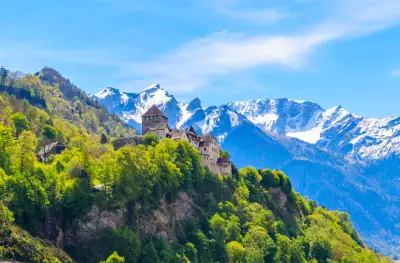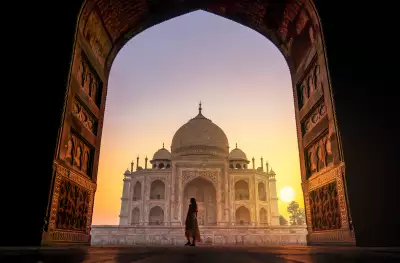The Best Ancient Ruins in Greece

If you’ve ever wondered what it feels like to walk through the pages of history, Greece is the place where time lingers in marble and myth.
Greece's ancient ruins aren’t just relics - they’re storytellers, echoing voices from a civilisation that shaped the world. From Athens’ towering Acropolis to the serene valleys of Olympia, every site is a portal to a past that still feels alive.
Athens: the Acropolis and Parthenon

Perched on a rocky outcrop 150 metres above the city, the Acropolis has watched over Athens for more than 3,000 years. Its name means “high city,” and it was once a fortified citadel before becoming a sanctuary of temples. The jewel in its crown is the Parthenon, built in the 5th century BC during Athens’ Golden Age under the leadership of Pericles. This temple to Athena once housed a colossal statue of the goddess - crafted from gold and ivory and standing nearly 12 metres tall, almost half the height of the Statue of Liberty.
The Acropolis wasn’t just a religious centre; it has served as a church, a mosque, and even a site of resistance during World War II. Today, its marble columns gleam under the Attica sun, and the nearby Acropolis Museum showcases treasures like the Caryatids - these sculpted female figures are architectural supports, blending art and engineering. Fun fact: the Parthenon was originally painted in vivid colours, not the serene white we see today.
Delphi: the Oracle’s sanctuary
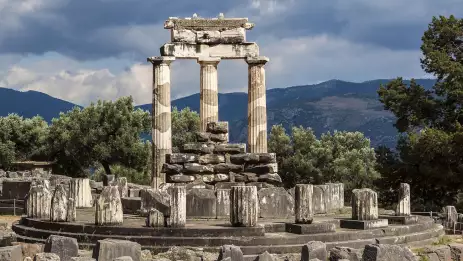
High on the slopes of Mount Parnassus lies Delphi, once considered the navel of the world. According to myth, Zeus released two eagles from opposite ends of the earth, and they met here. The sanctuary of Apollo became the most powerful oracle in the ancient world, where the priestess Pythia delivered cryptic prophecies that influenced kings and city-states.
Visitors would purify themselves at the Castalian Spring before walking the Sacred Way, the ceremonial road from Athens to Eleusis. Delphi wasn’t just spiritual - it hosted the Pythian Games, second only to the Olympics, blending sport, music, and poetry. Standing among the ruins of the Temple of Apollo, it’s easy to imagine the hushed awe of pilgrims awaiting their fate.
Olympia: birthplace of the Olympic Games
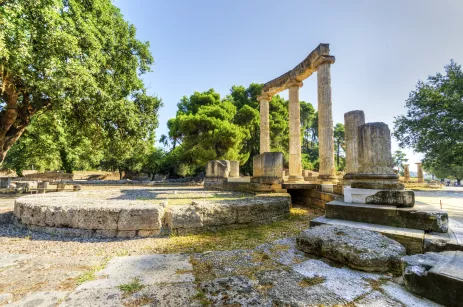
Nestled in the pine-scented valleys of the Peloponnese, Olympia was a sanctuary to Zeus and the stage for the first Olympic Games in 776 BC. These games were more than sport - they were a sacred festival held every four years, so important that an Olympic Truce halted wars to allow safe passage for athletes and spectators.
The stadium here could hold 45,000 people, and events ranged from foot races to chariot racing. Victors were crowned with olive wreaths cut from Zeus’s sacred tree, a symbol of honour that outshone any material prize. Olympia also housed one of the Seven Wonders of the Ancient World - the Statue of Zeus, a 12-metre masterpiece of gold and ivory by Phidias, one of the greatest sculptors of ancient Greece during the 5th century BC. Though long gone, its legend lingers in the air.
Mycenae: the Lion Gate
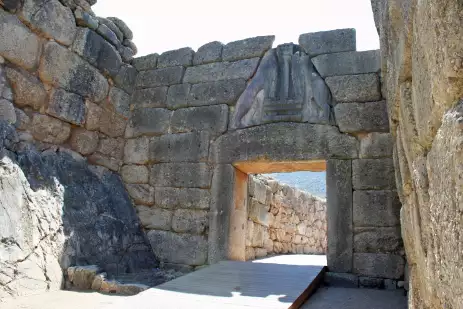
Step into the Bronze Age at Mycenae, a citadel that dominated Greece between 1600 and 1100 BC. This was the realm of Agamemnon, leader of the Trojan War in Homer’s epics. Its entrance, the Lion Gate, is the oldest monumental sculpture in Europe, dating to around 1250 BC. Above the lintel, two lionesses flank a column - a symbol whose meaning is still debated. Some believe the lions symbolise royal power, while others see the column as a sacred emblem of divine protection. Another theory links it to the palace itself, marking the gate as the seat of authority. Its true meaning remains unknown, making this one of the great mysteries of Bronze Age art.
The walls of Mycenae are built in Cyclopean masonry, using limestone blocks so massive that later Greeks believed only mythical giants could have lifted them. Some weigh up to 100 tonnes! Inside, royal tombs and the famous Treasury of Atreus evoke tales of power, betrayal, and blood - stories that shaped Greek mythology.
Epidaurus: the ancient theatre
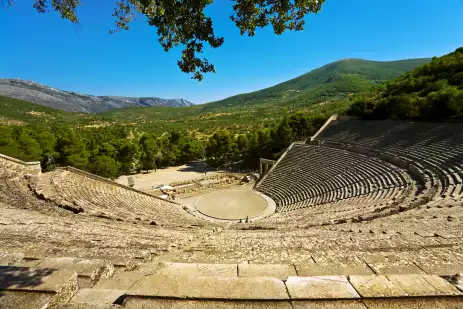
Imagine sitting in a 4th-century BC theatre where a whisper on stage carries to the back row of 14,000 seats. That’s Epidaurus, an architectural marvel renowned for its flawless acoustics. Scientists now know the secret lies in its limestone seating, which filters out low-frequency noise and reflects voices perfectly.
Epidaurus wasn’t just about drama - it was part of a healing sanctuary dedicated to Asclepius, the god of medicine. The ancient Greeks believed that theatre had therapeutic power, a form of emotional catharsis. Today, the theatre still hosts performances under the stars, proving that great design never ages.
Nafplion: the Palamidi Fortress and Bourtzi Castle
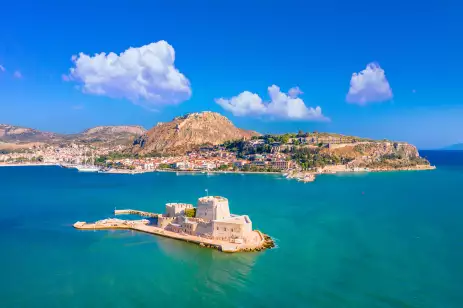
Finally, Nafplion is a town where Venetian elegance meets Greek charm. Once the first capital of modern Greece, it’s crowned by the Palamidi Fortress, built by the Venetians in the early 18th century, and guarded by Bourtzi Castle, a tiny stronghold on an islet in the harbour. Stroll along palm-lined promenades, explore neoclassical mansions, and watch the sunset paint the Argolic Gulf in shades of gold.
Why these ruins matter
Greece isn’t just a destination; it’s a dialogue with the past. Every column, every carved stone, is a question and an answer - a reminder of how ideas born here still shape our world. Democracy, philosophy, theatre, sport: they all trace their roots to these hills and valleys.
So wander slowly and listen - because in Greece, even the silence speaks.


